Museum planetary science researcher Prof Sara Russell explains the origins of Earth's closest companion.
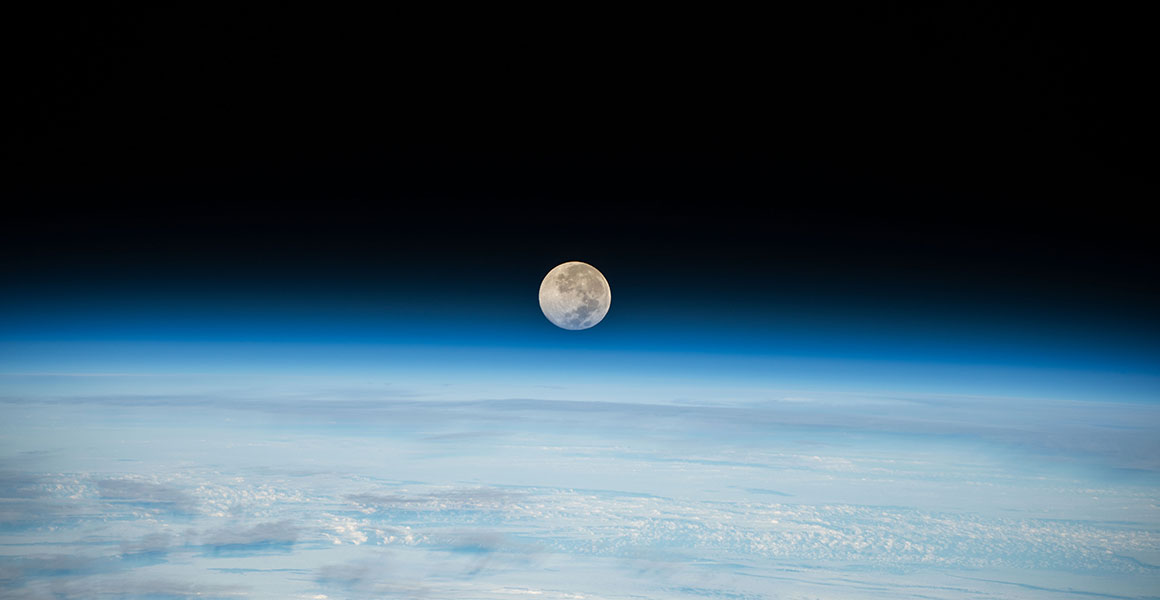
An astronaut aboard the International Space Station captures the full Moon as it sets behind Earth's horizon. © NASA
Analysis of samples brought back from the NASA Apollo missions suggest that the Earth and Moon are a result of a giant impact between an early proto-planet and an astronomical body called Theia.
Moon origin theories
'There used to be a number of theories about how the Moon was made and it was one of the aims of the Apollo program to figure out how we got to have our Moon,' says Sara.
Prior to the Apollo mission research there were three theories about how the Moon formed. The evidence returned from these missions gave us today's most widely accepted theory.
- Capture theory suggests that the Moon was a wandering body (like an asteroid) that formed elsewhere in the solar system and was captured by Earth's gravity as it passed nearby.
- The accretion hypothesis proposes that the Moon was created along with Earth at its formation.
- The fission theory suggests Earth had been spinning so fast that some material broke away and began to orbit the planet.
- The giant-impact theory is most widely accepted today. This proposes that the Moon formed during a collision between the Earth and another small planet, about the size of the planet Mars. The debris from this impact collected in an orbit around Earth to form the Moon.
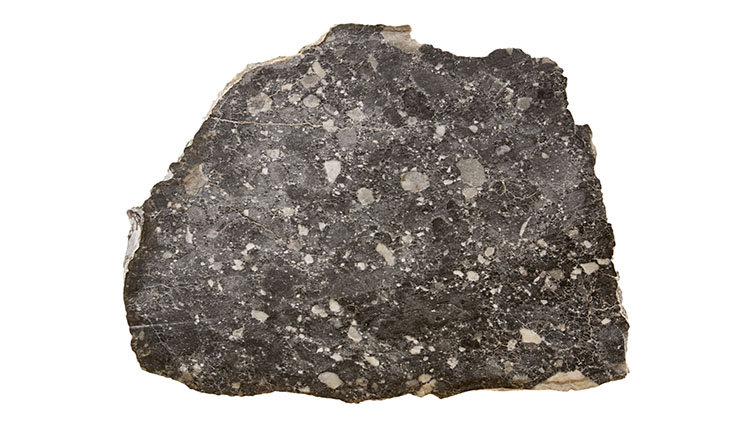
Lunar meteorite Dar al Gani 400. In 1998, this specimen was found in the Sahara Desert, in Libya.
Moon rocks from the Apollo missions
The Apollo missions brought back over a third of a tonne of rock and soil from the Moon. This provided some clues on how the Moon may have formed.
'When the Apollo rocks came back, they showed that the Earth and the Moon have some remarkable chemical and isotopic similarities, suggesting that they have a linked history,' says Sara.
'If the Moon had been created elsewhere and was captured by the Earth's gravity we would expect its composition to be very different from the Earth's.
'If the Moon was created at the same time, or broke off the Earth, then we would expect the type and proportion of minerals on the Moon to be the same as on Earth. But they are slightly different.'
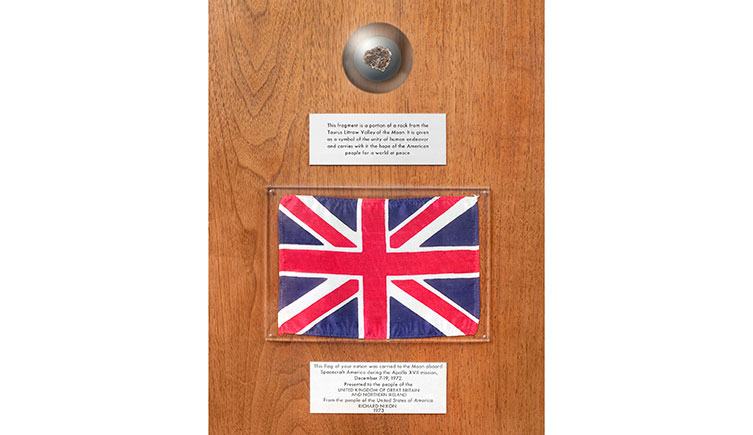
This thumbnail-sized piece of Moon rock was gifted to the Museum by President Nixon in 1973. It was collected during the last Apollo space mission. Find out more about our links to the Apollo missions.
The minerals on the Moon contain less water than similar terrestrial rocks. The Moon is rich in material that forms quickly at a high temperature.
'In the seventies and eighties there was a lot of debate which led to an almost universal acceptance of the giant impact model.'
Lunar meteorites are also an important source of data for studying the origins of the Moon.
'In some ways meteorites can tell us more about the Moon than Apollo samples because meteorites come from all over the surface of the Moon,' adds Sara, 'while Apollo samples come from just one place near the equator on the near side of the Moon.'
Proto-Earth and Theia
Before Earth and the Moon, there were proto-Earth and Theia (a roughly Mars-sized planet).
The giant-impact model suggests that at some point in Earth's very early history, these two bodies collided.
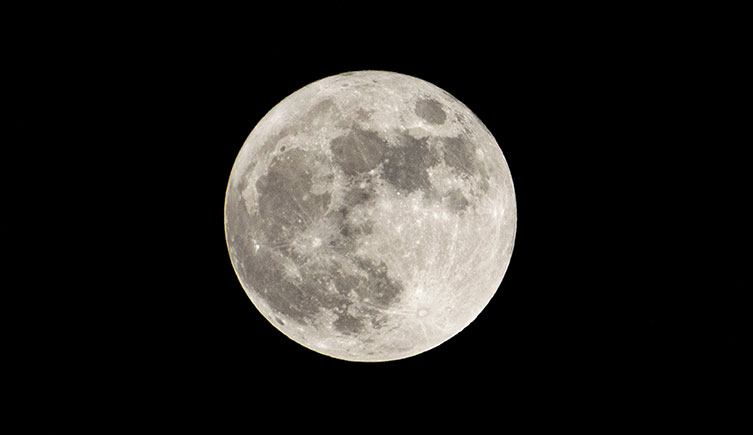
The Moon may have formed in the wake of a collision between an early proto-planet and an astronomical body called Theia. © Fernando Astasio Avila/ Shutterstock
During this massive collision, nearly all of Earth and Theia melted and reformed as one body, with a small part of the new mass spinning off to become the Moon as we know it.
Scientists have experimented with modelling the impact, changing the size of Theia to test what happens at different sizes and impact angles, trying to get the nearest possible match.
'People are now tending to gravitate towards the idea that early Earth and Theia were made of almost exactly the same materials to begin with, as they were within the same neighbourhood as the solar system was forming,' explains Sara.
'If the two bodies had come from the same place and were made of similar stuff to begin with, this would also explain how similar their composition is.'
The surface of the Moon
The mineralogy of Earth and the Moon are so close that it's possible to observe Moon-like landscapes without jetting off into space.
'If you look at the lunar surface, it looks pale grey with dark splodges,' Sara says. 'The pale grey is a rock called anorthosite. It forms as molten rock cools down and lighter materials float to the top, and the dark areas are another rock type called basalt.'
Professor Sara Russell explains what the dark spots on the Moon are.
Similar anorthosite can be seen on the Isle of Rum in Scotland. What's more, most of the ocean floor is basalt - it's the most common surface on all the inner planets in our solar system.
'However, what is really special on the Moon, that we can't ever replicate on Earth, is that the Moon is geologically rather dead,' Sara says.
The Moon hasn't had volcanoes for billions of years, so its surface is remarkably unchanged. This is also why impact craters are so clear.
By looking at the Moon we can tell a lot about what the Earth was like four billion years ago.
Prof Sara Russell explains more about the Moon's formation:
A balancing influence
Having a moon as large as ours is something that's unique in our solar system.
'While other planets have tiny moons, the Earth's Moon is almost the size of Mars,' Sara says.
'If you look at other similar planets to ours, they wobble quite a lot in their orbit (the North Pole moves) and as a result the climate is much more unpredictable.'
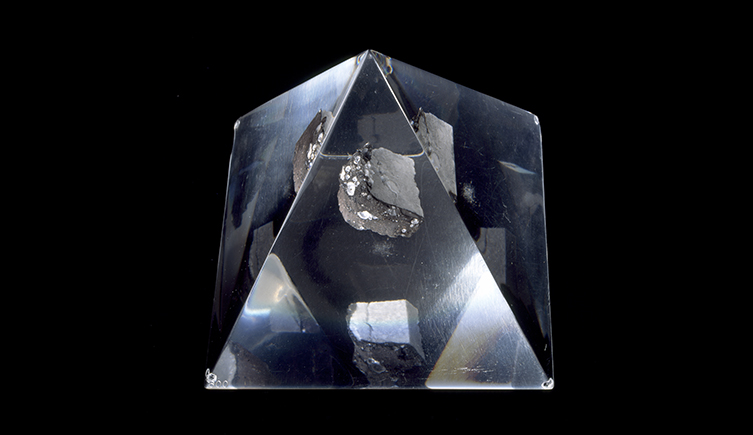
A piece of Anorthosite breccia moon rock displayed in a glass prism
The Moon has helped stabilise Earth's orbit and reduced polar motion. This has aided in producing our planet's relatively stable climate.
'It's a subject of quite a lot of scientific debate as to how important the Moon has been in making it possible for life to exist on Earth.'
Find out how the Moon affects life on Earth.
Does Earth have more than one moon?
There may indeed be several objects in orbit around Earth. But to the best of our knowledge they are objects that the planet has drawn into its orbit - most likely captured asteroids. These natural satellites don't share the same important history as the Moon and they likely exist only temporarily in Earth's orbit.
See a piece of the Moon at the Museum
Explore gems and minerals, including a piece of Apollo Moon rock, in the Museum's Earth galleries.
Ask our scientists
Do you have a burning question about science or nature you want answered? Fill out the form below and we'll work with our scientists to answer some of them in our online magazine Discover or on our YouTube channel.
This new feature is in beta. Find out more.

Explore space
Discover more about the natural world beyond Earth's stratosphere.
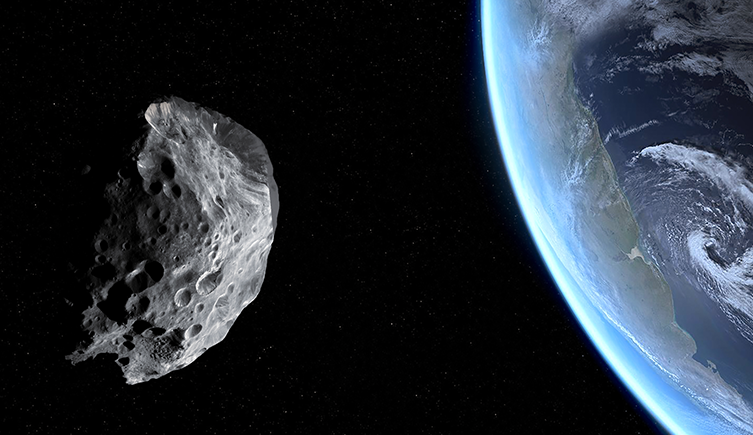
Prepare for liftoff knowledge seekers!
But hold onto your helmets. Did you know we’re offering an on-demand course about Rocks in Space? Get ready to expand your knowledge to infinity and beyond.
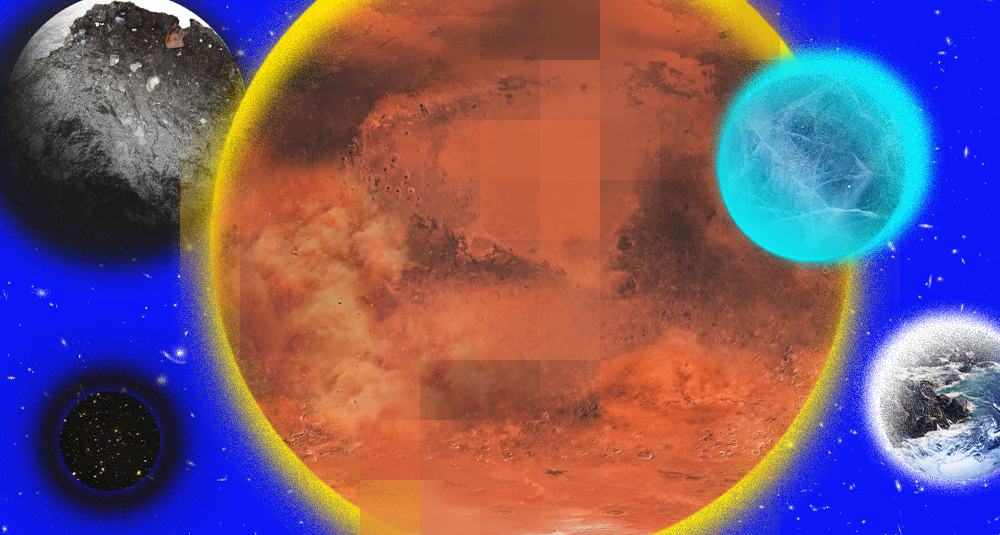
Space: Could Life Exist Beyond Earth?
Find out in our latest exhibition! Snap a selfie with a piece of Mars, touch a fragment of the Moon and lay your hands on a meteorite older than our planet.
Open now

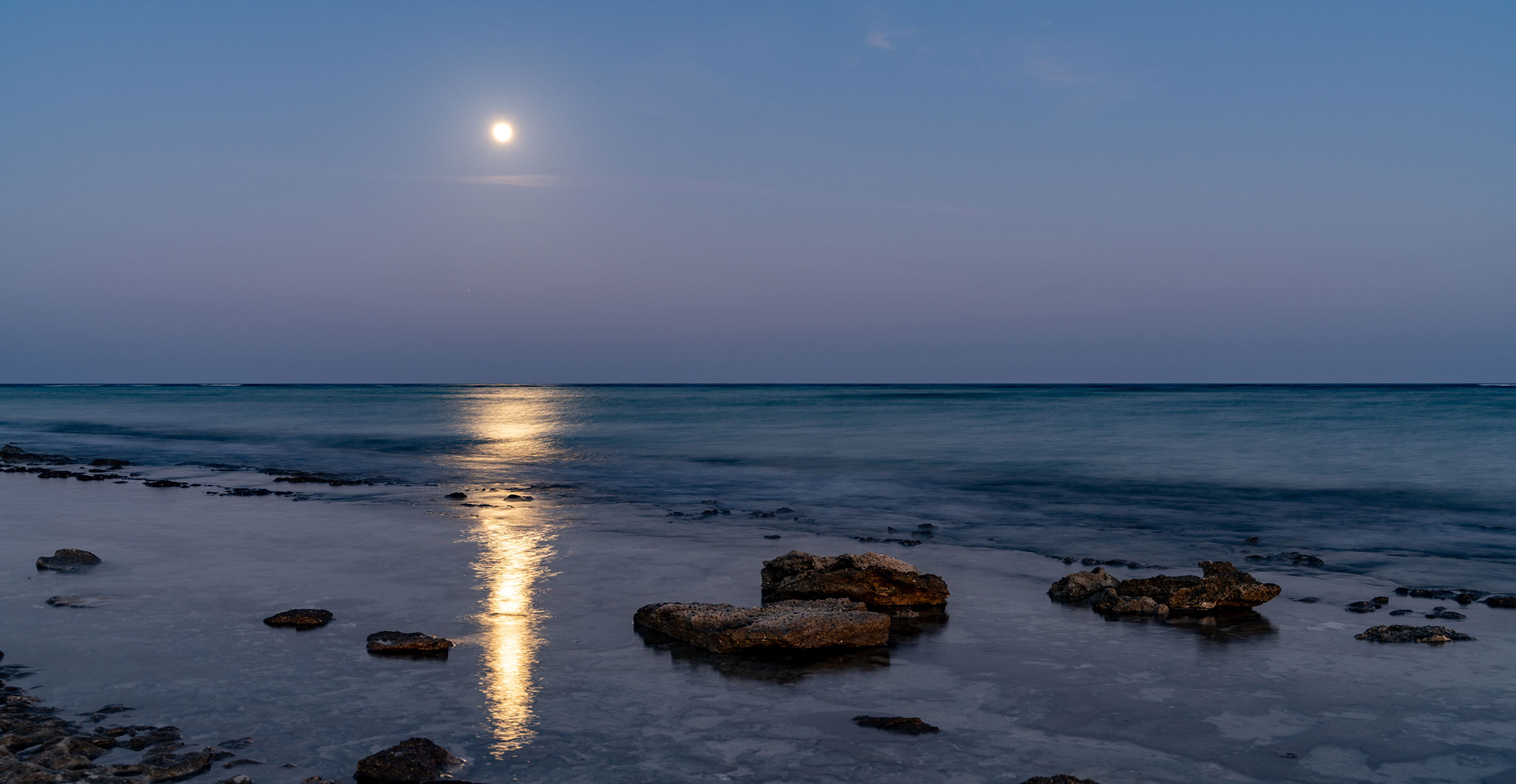

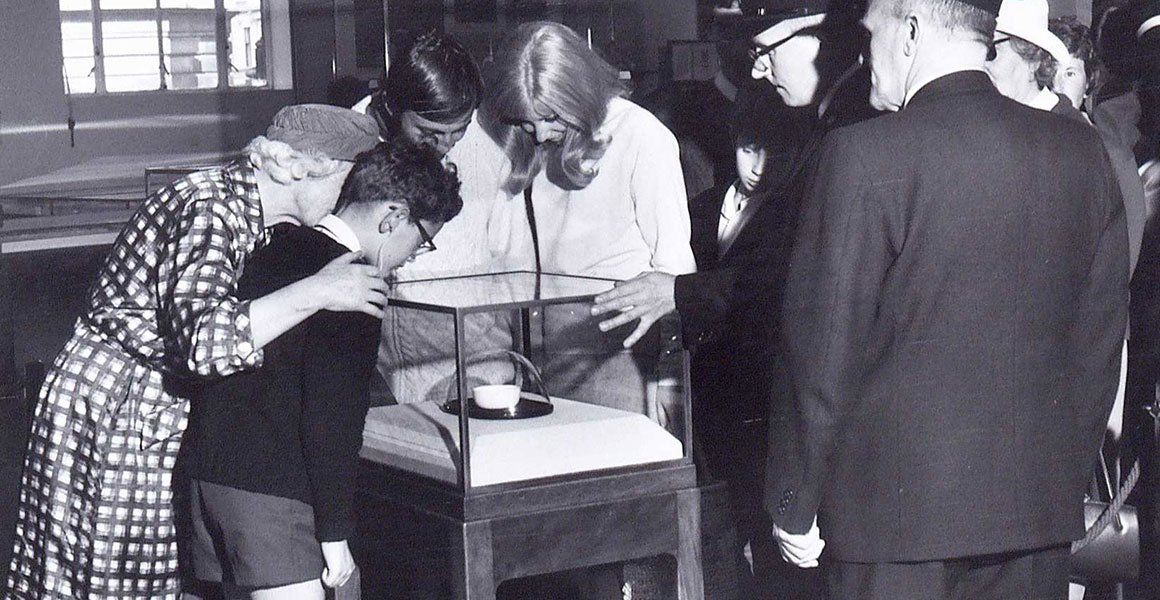
Don't miss a thing
Receive email updates about our news, science, exhibitions, events, products, services and fundraising activities. We may occasionally include third-party content from our corporate partners and other museums. We will not share your personal details with these third parties. You must be over the age of 13. Privacy notice.
Follow us on social media